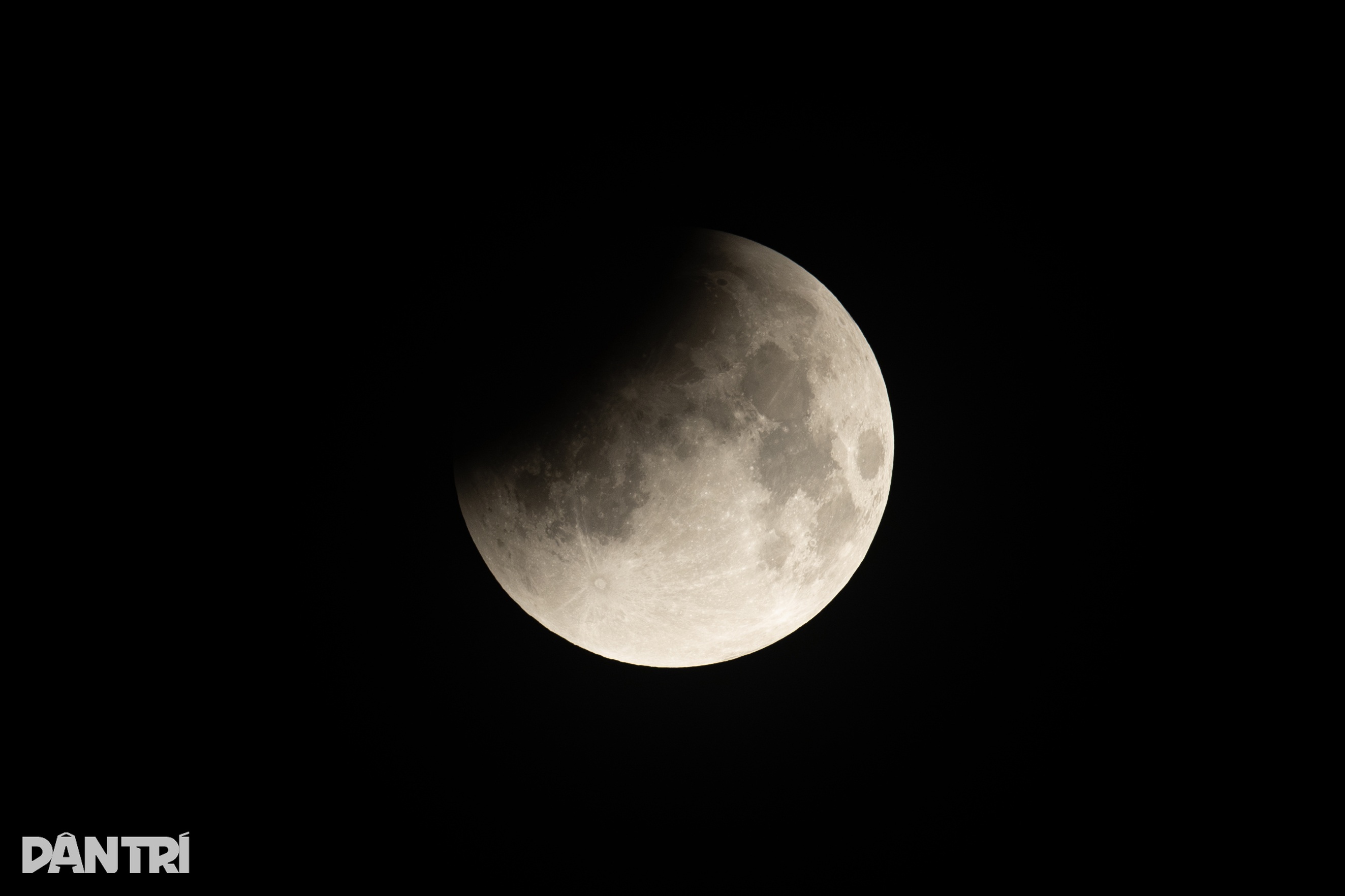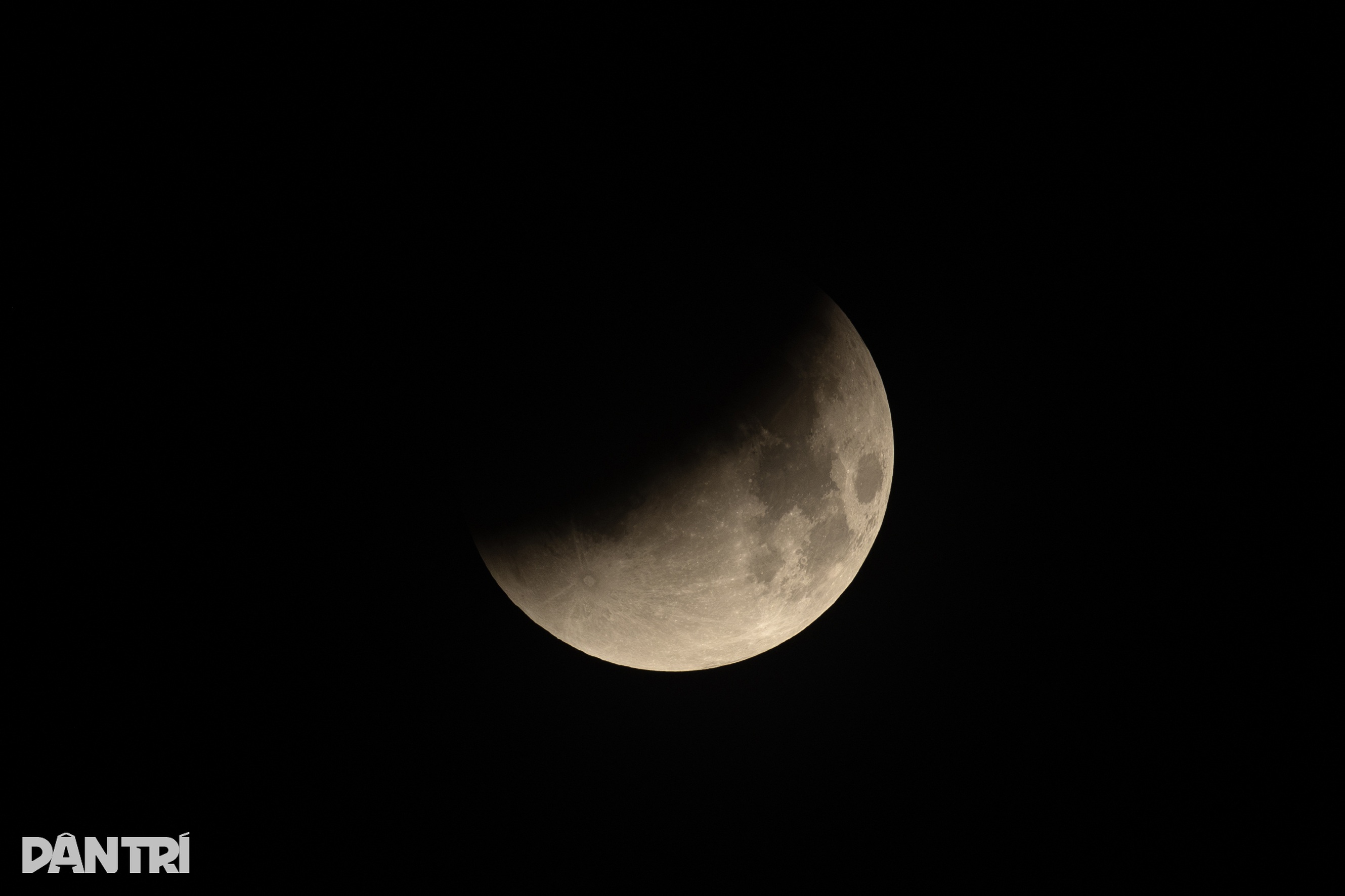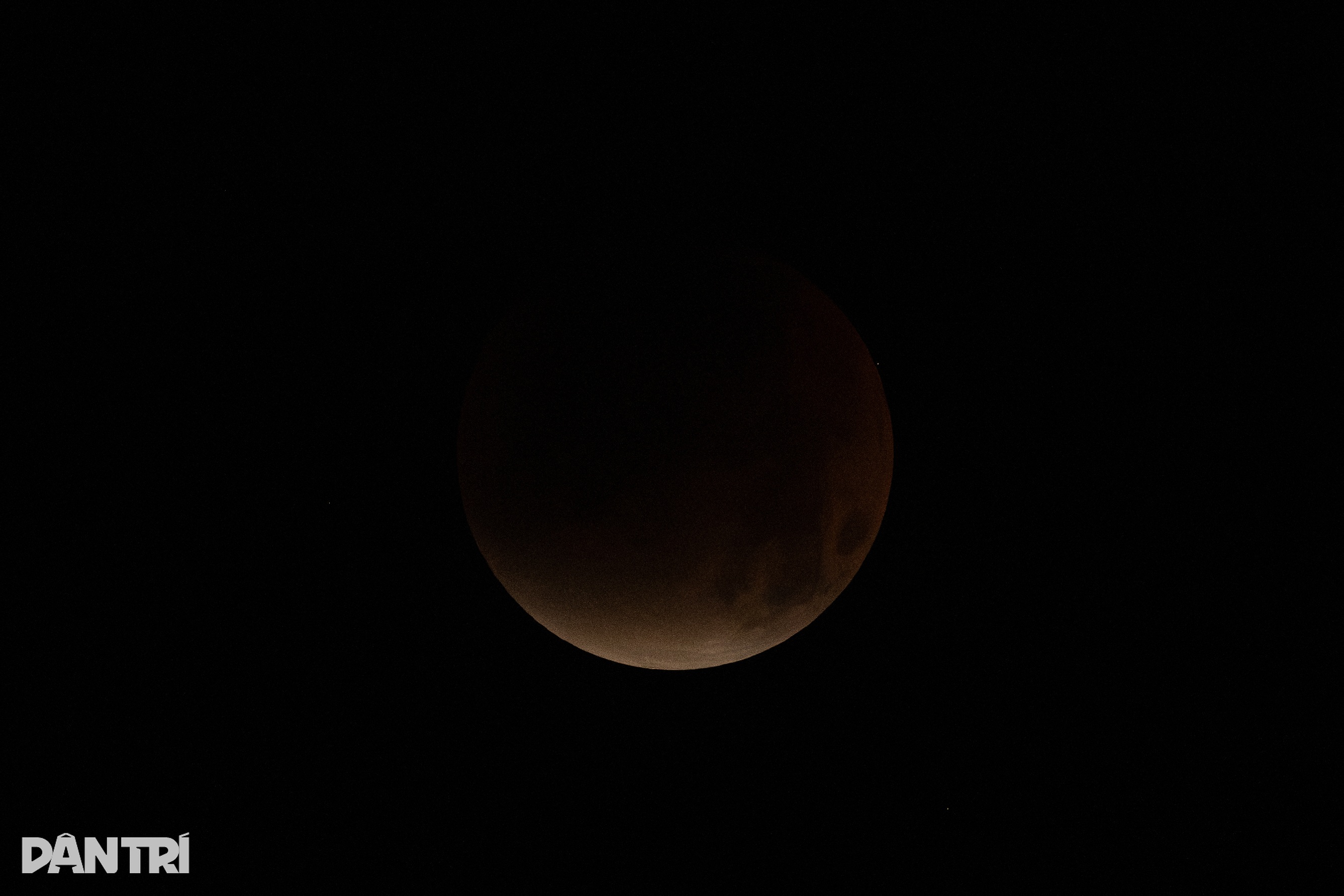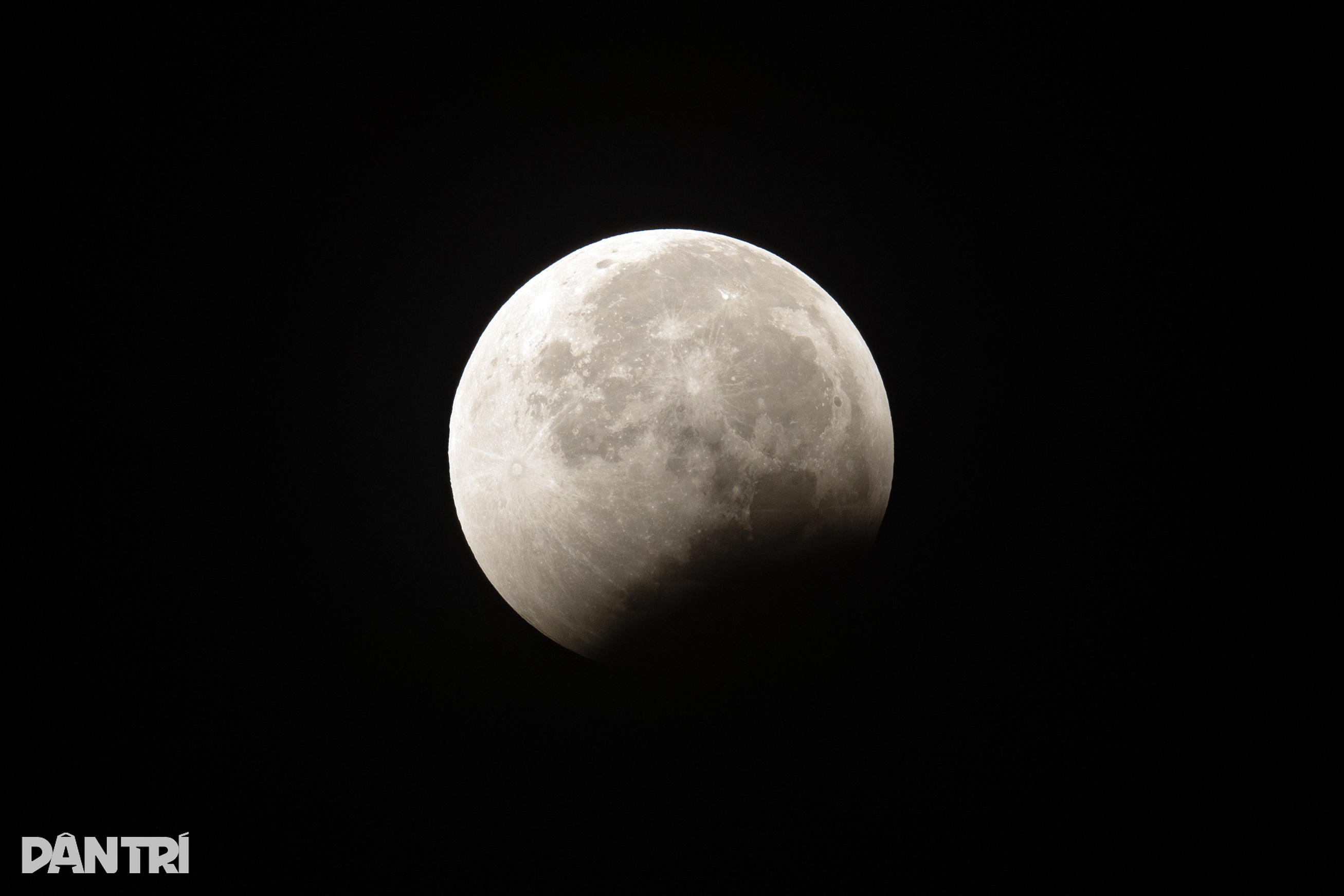What is the "blood moon" phenomenon?
A total lunar eclipse, also known as a “blood moon”, is a phenomenon that occurs when the Sun, Earth and Moon are all in a straight line, in which the Moon will pass into the Earth's complete shadow.
Image comparing the difference in positions of the Sun, Earth and Moon during a solar eclipse (above) and a lunar eclipse (below) (Photo: EPS Vector).
At this time, the Earth is in the middle, blocking the light from the Sun to the Moon. However, some of the sunlight will still pass through the Earth's atmosphere, causing refraction, in which the less scattered red wavelengths will shine on the Moon, making the Moon appear red, instead of the usual gray.
Compared to total solar eclipses, total lunar eclipses occur more frequently, on average 2 to 3 times a year or longer. In contrast to solar eclipses, people on Earth can observe this phenomenon directly with the naked eye without worrying about health effects.
The moon will gradually turn red when a total lunar eclipse occurs (Photo: SCMP).
Vietnamese people can watch the total lunar eclipse in the early morning of September 8.
The last time the “Blood Moon” phenomenon occurred was on March 14. However, at that time, Vietnam was not in the area where the lunar eclipse could be observed. This was because the lunar eclipse could only be observed from areas where the moon was above the horizon.
If it is daytime in an area, the Moon will be below the horizon, making it impossible to observe the eclipse.
Illustration of locations where the lunar eclipse can be observed on Earth ( Video : THW).
With the total lunar eclipse in the early morning of September 8, people across Vietnam can fully watch this phenomenon.
Accordingly, the partial lunar eclipse began at 10:28 p.m. on September 7, when the Moon began to darken, but was still difficult to see with the naked eye. The eclipse reached its peak at 1:11 a.m. on September 8 and ended completely at 3:55 a.m. on September 8. At this time, the Moon will return to its normal color.
People can observe the "Blood Moon" phenomenon with the naked eye without the need for a filter (Photo: Getty).
When will the next lunar eclipse happen? Will Vietnamese people have the chance to watch it?
If you missed the total lunar eclipse early this morning, you can wait until the next one on the night of March 3, 2026.
At that time, Vietnam will still be in the area where the Lunar Eclipse can be observed, allowing you to witness this interesting astronomical phenomenon with your own eyes.
Photo series of "blood moon" in the sky of Vietnam
This morning's total lunar eclipse will occur as the Moon approaches perigee (the closest point in its orbit to Earth), so the Moon will appear slightly larger. In addition, the eclipse will occur deep in the Earth's shadow, so the Moon will turn a deep red color.
Many astronomy enthusiasts in Vietnam as well as countries that can watch the Lunar Eclipse around the world did not miss the opportunity to capture images of this amazing astronomical phenomenon.
Below are some images of the “blood moon” appearing in the sky of Vietnam, recorded by Dan Tri reporters . Readers are invited to admire them.

Favorable weather in Hanoi helps astronomy lovers easily observe the Moon.

At 11:40 p.m. on September 7, a partial lunar eclipse began. Part of the Moon was obscured, forming a crescent shape. The color began to turn gray-black on the obscured part.

The Moon is gradually obscured by the Earth's shadow as it enters the umbra.


At 2:25 am, the Moon began to leave the umbra, ending the total lunar eclipse. The Moon gradually became brighter again, its red color fading.

Entering the final phase of the Lunar Eclipse, the Moon gradually "appears" again. Photo taken at 2:45 a.m. on September 8.

3:05 am, the Moon exits the umbra, returning to its normal color after the end of the Lunar Eclipse.
Source: https://dantri.com.vn/khoa-hoc/bao-gio-nguoi-viet-moi-lai-duoc-quan-sat-hien-tuong-trang-mau-huyen-ao-20250907122301195.htm






![[Photo] General Secretary To Lam receives US Ambassador to Vietnam Marc Knapper](https://vphoto.vietnam.vn/thumb/1200x675/vietnam/resource/IMAGE/2025/9/29/c8fd0761aa184da7814aee57d87c49b3)
![[Photo] General Secretary To Lam attends the ceremony to celebrate the 80th anniversary of the post and telecommunications sector and the 66th anniversary of the science and technology sector.](https://vphoto.vietnam.vn/thumb/1200x675/vietnam/resource/IMAGE/2025/9/29/8e86b39b8fe44121a2b14a031f4cef46)

![[Photo] Many streets in Hanoi were flooded due to the effects of storm Bualoi](https://vphoto.vietnam.vn/thumb/1200x675/vietnam/resource/IMAGE/2025/9/29/18b658aa0fa2495c927ade4bbe0096df)
![[Photo] National Assembly Chairman Tran Thanh Man chairs the 8th Conference of full-time National Assembly deputies](https://vphoto.vietnam.vn/thumb/1200x675/vietnam/resource/IMAGE/2025/9/29/2c21459bc38d44ffaacd679ab9a0477c)




























































































Comment (0)